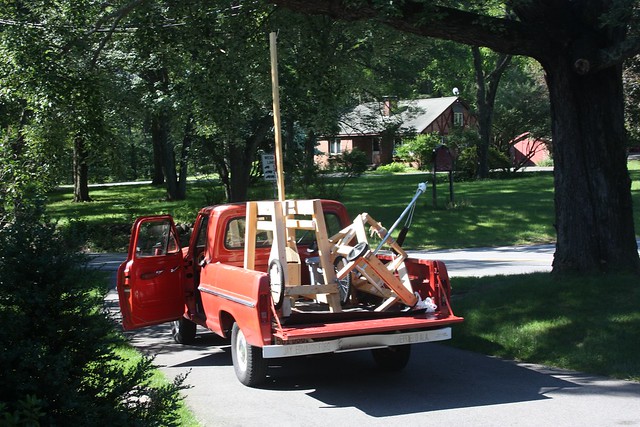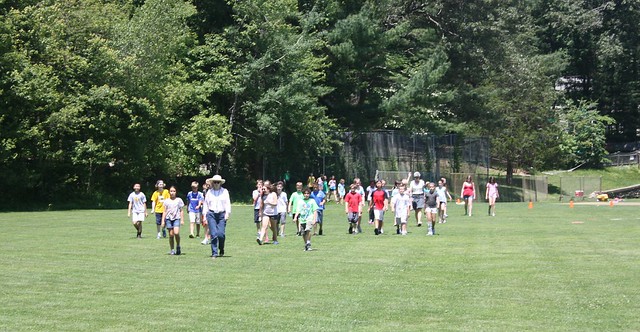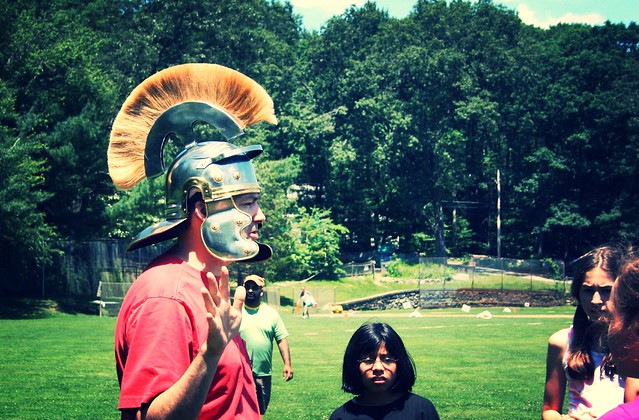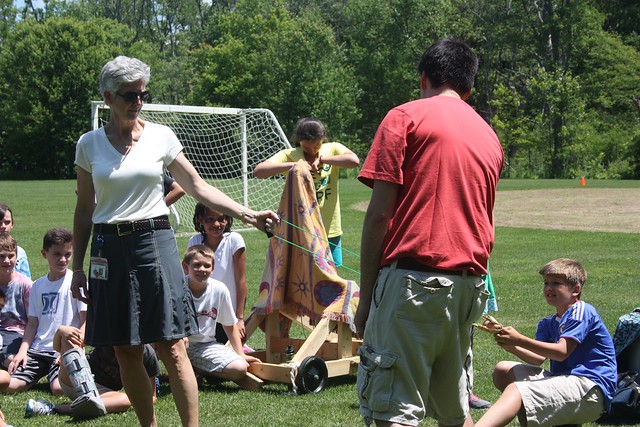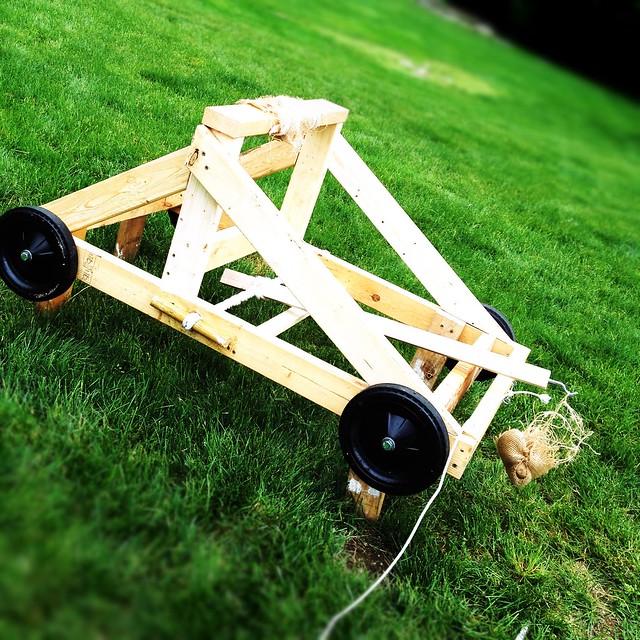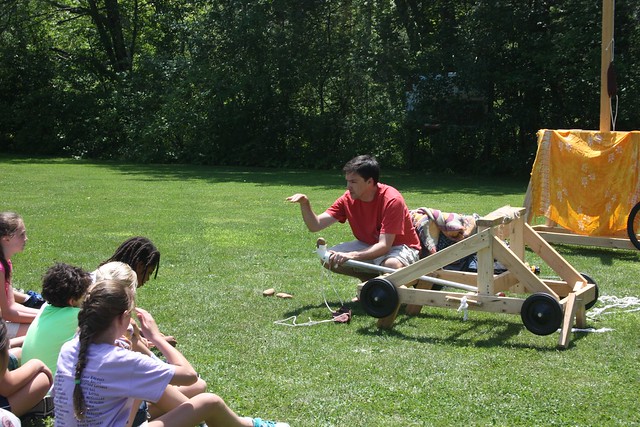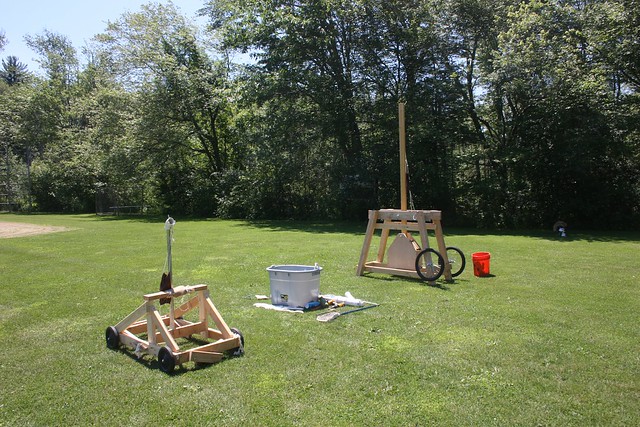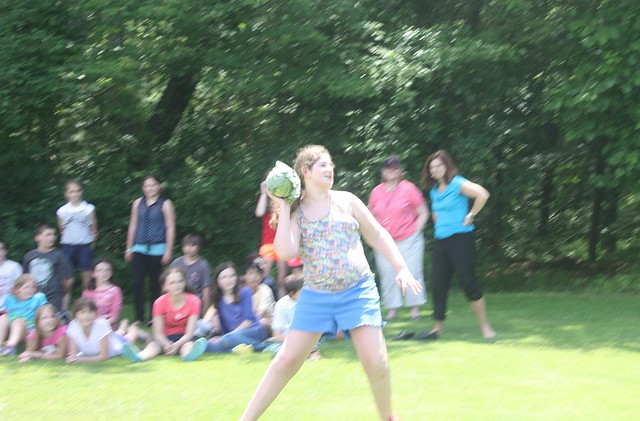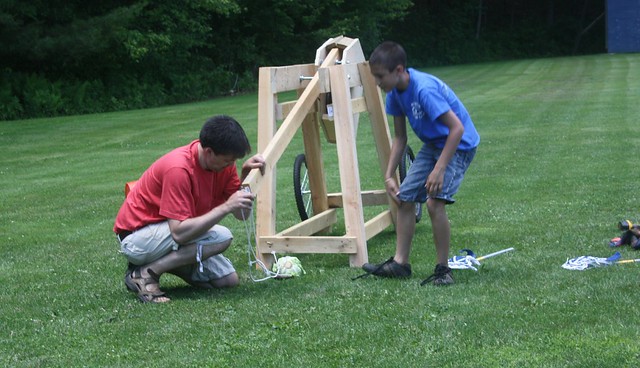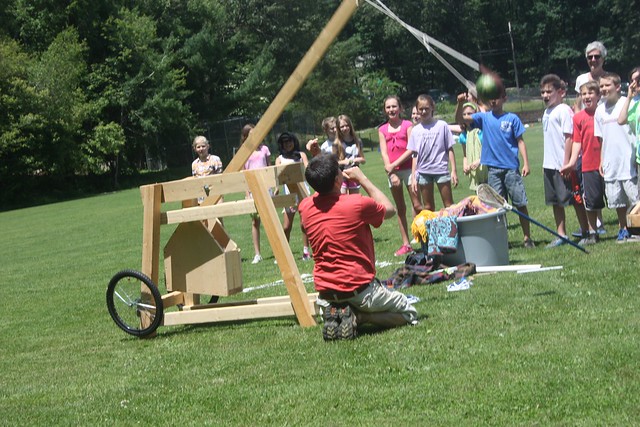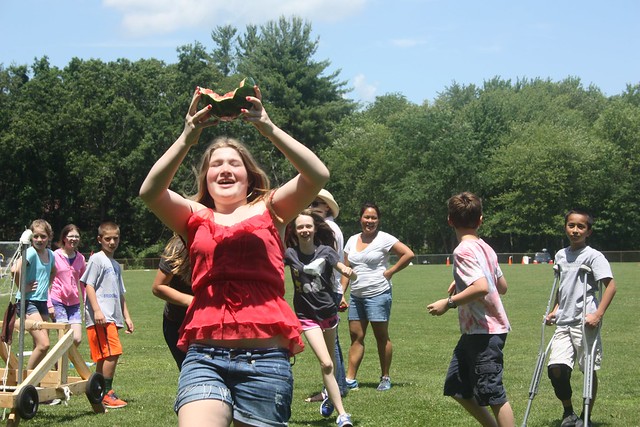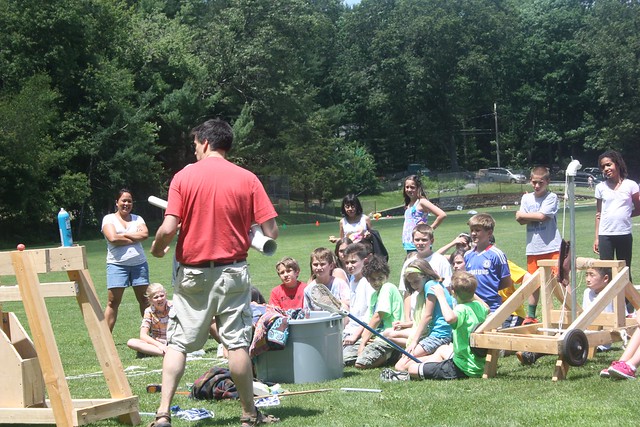Early summer harvest - sweet peas
/This breed of pea is low lying and doesn't require trellising, but it's terrifically high yield & an early harvest.
I just wish I could remember what the name of the breed was!
We shelled & blanched about half of today's harvest for just a couple of minutes, and then quickly drained and chilled them to stop the cooking.
These will be put up in a vacuum seal bag, and frozen for a treat of summer later when the snows come.
The rest will be eaten with a bit of butter and chopped mint with tonights supper!



